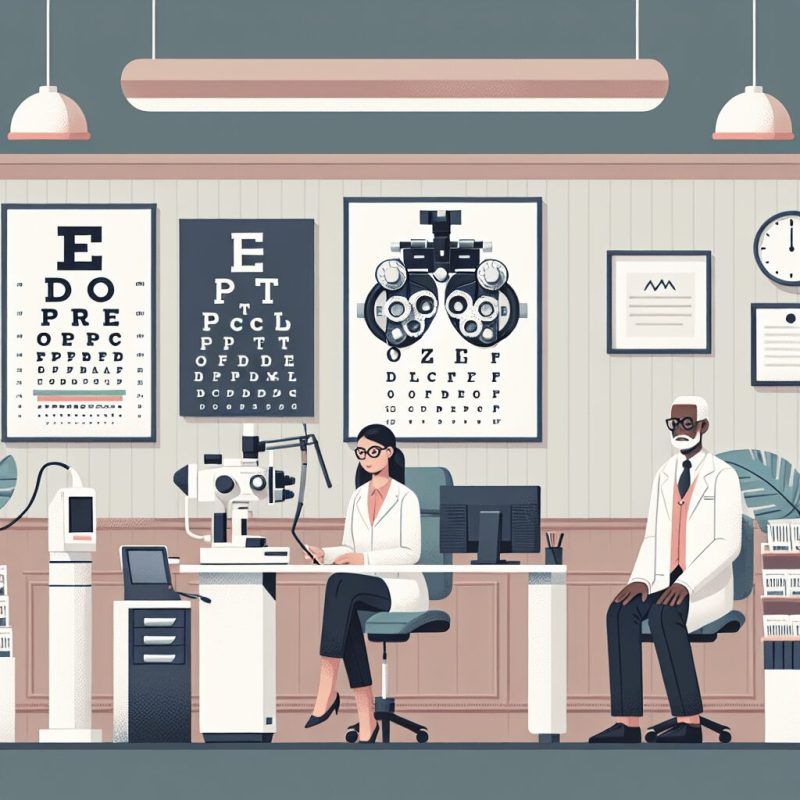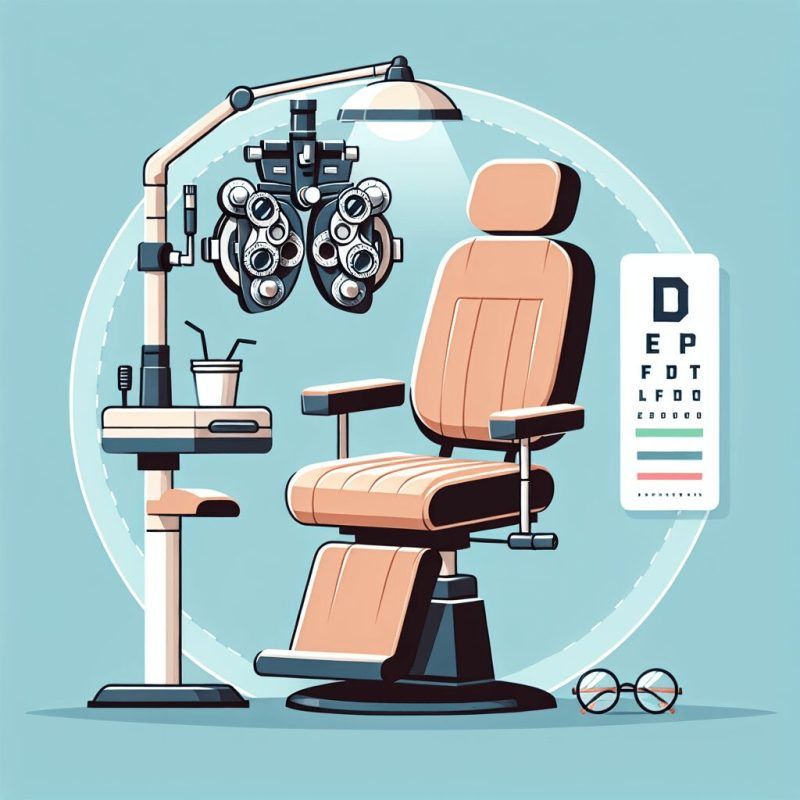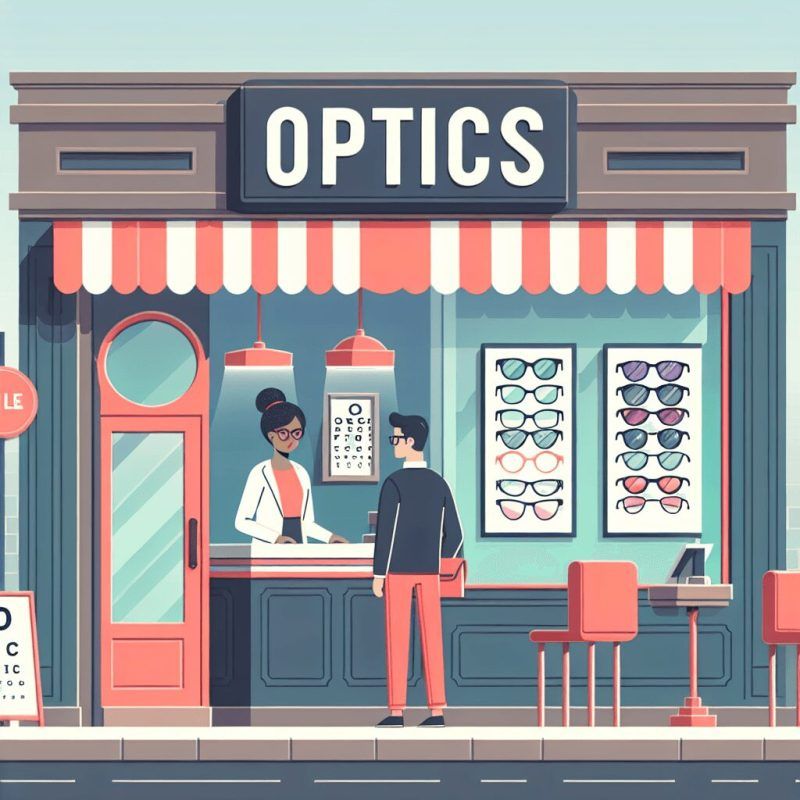Doctor's Corner
Exploring Medications for Glaucoma Treatment
Glaucoma is a serious eye condition that can cause vision loss. Various treatments like eye drops, pills, laser procedures, and surgery aim to manage this disease. Understanding these medications is crucial for protecting the optic nerve and preserving eyesight.
Different medications, from prostaglandin analogs to beta blockers, have unique features and side effects that help combat glaucoma effectively. Let’s learn more about glaucoma treatment.
Overview of Glaucoma Treatment Medications
Types of Glaucoma Treatment Medications
There are different types of medications used to treat glaucoma. These include:
-
Prostaglandin analogs
-
Beta blockers
-
Alpha agonists
-
Carbonic anhydrase inhibitors
-
Cholinergic agents
-
Combined medications
-
Rho kinase inhibitors
Each type works in a unique way. They can help to increase fluid drainage, reduce fluid production, or enhance fluid outflow from the eye.
When deciding on the right medication, factors like the patient’s symptoms, health conditions, potential side effect s, and response to previous treatments are important to consider. It’s crucial to consult with an eye specialist (optometrist) to select the best medication. They will consider individual circumstances such as the disease stage, side effect tolerance, and overall health.
Alpha Agonists
Alpha Agonists work by reducing eye fluid production and increasing fluid outflow. This helps lower eye pressure, a key part of treating glaucoma.
Compared to other glaucoma medications, Alpha Agonists have unique side effects. These include irregular heart rate, high blood pressure, fatigue, and eye issues like redness, itching, or swelling.
Patients should tell their optometrist about any discomfort or concerns when using Alpha Agonists for glaucoma treatment. Consulting a healthcare provider is important to manage the medication’s effectiveness and potential side effects in the overall treatment plan.
Beta Blockers
Beta blockers are a type of medication used for treating glaucoma. They help reduce fluid production in the eye, lowering eye pressure.
These medications can be taken once or twice a day as prescribed by the doctor. When used as eye drops, beta blockers may cause side effects like breathing problems, slow heart rate, low blood pressure, impotence, and fatigue.
It’s important to be aware that beta blockers can also cause systemic side effects. Some people may experience changes in heart rate and decreased blood flow during exercise. Regular check-ups with an eye specialist are necessary to monitor side effects and ensure the glaucoma treatment is working properly.
Carbonic Anhydrase Inhibitors
Carbonic Anhydrase Inhibitors help reduce fluid in the eye. This lowers eye pressure and protects the optic nerve in glaucoma patients.
They work differently from other glaucoma medications like prostaglandin analogs or beta blockers by focusing on decreasing fluid production, not improving drainage.
Cholinergic (Miotic) Medications
Cholinergic (miotic) medications help reduce eye pressure in treating glaucoma. They enhance fluid drainage from the eye, lowering pressure and preserving vision.
Potential side effects of these medications include headaches, eye aches, smaller pupils, blurred vision , and nearsightedness.
Cholinergic (miotic) agents may cause more eye-related side effects than other glaucoma treatments.
Individuals should talk to their eye doctor about the benefits and side effects of these medications for managing their glaucoma.
Prostaglandin Analogs
Prostaglandin Analogs are used to treat glaucoma. They help decrease eye pressure by increasing fluid outflow. These medications are good at lowering intraocular pressure and protecting the optic nerve.
Compared to other glaucoma drugs like beta blockers and alpha agonists, Prostaglandin Analogs have fewer systemic side effects. But, they can cause changes in eye color, darkening of eyelid skin, eyelash growth, droopy eyelids, sunken eyes, stinging, redness, and itching.
Patients should talk to their eye doctor about these side effects. It’s crucial to monitor them and ensure the treatment works well.
Rho Kinase Inhibitors
Rho Kinase Inhibitors can lower eye pressure by suppressing rho kinase enzymes. These enzymes cause fluid buildup in the eye.
These inhibitors help improve fluid outflow through the trabecular meshwork. This aids in the eye’s drainage process, which is important for managing glaucoma effectively.
Potential side effects of Rho Kinase Inhibitors may include eye redness and discomfort. Patients need to know about these reactions when considering this medication for glaucoma treatment.
Rho Kinase Inhibitors work differently from other glaucoma medications like prostaglandin analogs, beta blockers, and carbonic anhydrase inhibitors. They target specific enzymes that increase eye fluid.
Each type of medication has its own side effects and benefits. Rho Kinase Inhibitors are an option for patients who don’t respond well to other glaucoma drugs.
Consulting an optometrist is crucial to find the best treatment plan for each glaucoma case. It helps optimize management and preserve vision health.
Glaucoma Eye Drops as a Common Form of Medication
Glaucoma eye drops come in different types: prostaglandin analogs, beta blockers, alpha agonists, carbonic anhydrase inhibitors, and rho kinase inhibitors. These drops help lower eye pressure, protecting the optic nerve.
Using glaucoma eye drops might cause side effects such as stinging, burning, redness, blurry vision, changes in eye color, darkening of eyelid skin, eyelash growth, fatigue, headache, dry mouth, and sometimes, rare systemic effects like low blood pressure, reduced heart rate, and depression.
To manage glaucoma effectively and avoid vision loss, it’s crucial to follow the prescribed usage from an optometrist.
Side Effects and Concerns with Glaucoma Medications
Common side effects of glaucoma medications can include:
-
Burning or stinging in the eyes
-
Blurred vision
-
Changes in eye color or eyelid skin
-
Eye discomfort
It’s important to also be aware of systemic side effects like:
-
Reduced pulse rate
-
Low blood pressure
-
Fatigue
-
Potential impacts on libido or mood
Patients should work closely with their optometrist to manage any side effects effectively. This could mean adjusting the dosage, trying a different medication, or using preservative-free formulations to reduce irritation. Effective communication with the eye doctor is key to addressing concerns and ensuring the best treatment outcome.
Tips for Proper Use of Glaucoma Eye Drops
Ensuring Correct Administration
Healthcare providers must check the correct administration of glaucoma medication for patient safety. This includes confirming the right patient gets the right medication and dosage for their condition. Steps to prevent errors include clear labeling, confirming patient identity, and double-checking prescriptions by the eye doctor. Proper application techniques, like punctal occlusion or closing the eyes after applying drops, are important to prevent side effects.
Patient education on administering eye drops correctly is crucial to avoid treatment errors. Following these steps helps patients manage glaucoma effectively and reduce medication-related complications.
Handling and Storage Recommendations
Glaucoma medications should be used as prescribed by an eye doctor. This helps to ensure optimal treatment and prevent vision loss. Proper handling involves:
-
Following instructions for frequency and amount of medication
-
Ensuring correct administration of eye drops
-
Being aware of potential side effects
Maintenance, storage, and handling of the medications are important. This prevents contamination and ensures efficacy. It’s recommended to:
-
Store medications in a cool, dry place away from direct sunlight and moisture
-
Keep medications out of reach of children and pets to prevent accidental ingestion
By following these recommendations, individuals can effectively manage glaucoma and protect their vision health.
The Role of Laser Treatment in Glaucoma Management
Laser treatment can help patients who can’t use regular glaucoma medications or need more than just medication. The two common types of laser treatments for glaucoma are selective laser trabeculoplasty (SLT) and argon laser trabeculoplasty (ALT).
These treatments don’t involve surgery and work by improving fluid drainage to reduce eye pressure. Compared to taking medication daily, laser treatment might delay the need for medication and its side effects. But, the effects of laser treatment aren’t always permanent, so patients might still need medication later on.
In general, laser treatment is a useful choice in managing glaucoma. It can help lower pressure with minimal side effects. Patients should talk to their eye doctor about the benefits and risks of laser treatment to find the best approach for their needs.
The Importance of a Medication Guide for Glaucoma Patients
A medication guide is important for glaucoma patients to manage their treatment effectively.
The guide can explain the different types of medications used for glaucoma treatment: prostaglandin analogs, beta blockers, alpha agonists, and carbonic anhydrase inhibitors. It can also list the possible side effects of each medication, including changes in pulse rate and blood pressure.
Understanding these side effects can help patients make informed decisions about their treatment plans. The guide can also explain how to correctly use eye drops, a common medication for glaucoma.
Additionally, the guide can provide information on prescription timings, generic medications, and factors to consider for specific eye conditions like dry eye.
A comprehensive medication guide customized for glaucoma patients can help them manage their treatment and maintain good eye health.
FAQ
What are the most common types of medications used to treat glaucoma?
The most common types of medications used to treat glaucoma are prostaglandin analogs, beta-blockers, alpha agonists, and carbonic anhydrase inhibitors.
Are there any potential side effects of using glaucoma medications?
Yes, potential side effects of glaucoma medications may include redness, stinging, blurred vision, and headaches. It is important to consult with your healthcare provider if you experience any of these side effects.
How often do I need to take my glaucoma medication?
You need to take your glaucoma medication as prescribed by your doctor. Typically, this may be once or twice a day, depending on the type of medication prescribed. It is important to follow the recommended schedule for best results.
Can I use multiple glaucoma medications at the same time?
Yes, you can use multiple glaucoma medications at the same time. Combining different types of eye drops may be necessary to manage intraocular pressure effectively. For example, using a prostaglandin analog along with a beta-blocker or carbonic anhydrase inhibitor is common practice. Always consult your eye doctor for guidance.
What should I do if I miss a dose of my glaucoma medication?
If you miss a dose of your glaucoma medication, take it as soon as you remember. However, if it is close to the time of your next dose, skip the missed dose and continue with your regular dosing schedule. Do not double up on doses.
Prioritize your vision health today! Book an appointment with Superior Eye Care in The Woodlands or Quality Eye Care in Willowbrook, Texas, for expert guidance on managing glaucoma. Your eyes deserve the best care possible!
The post Exploring Medications for Glaucoma Treatment first appeared on Optometrist in Woodlands & Willowbrook TX.
Doctor's Corner





